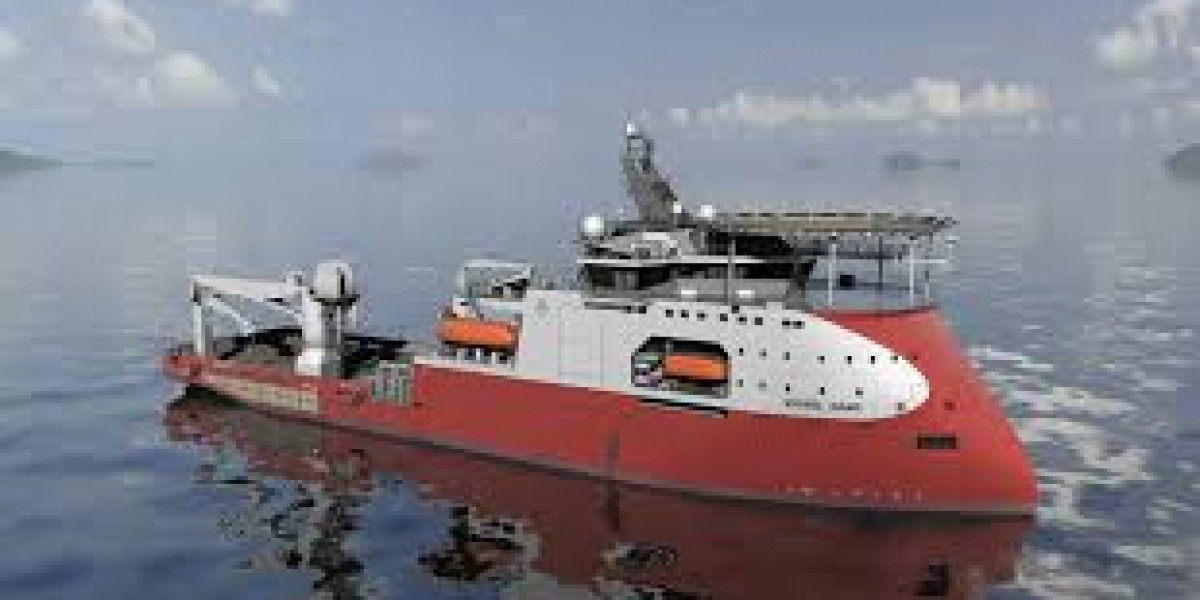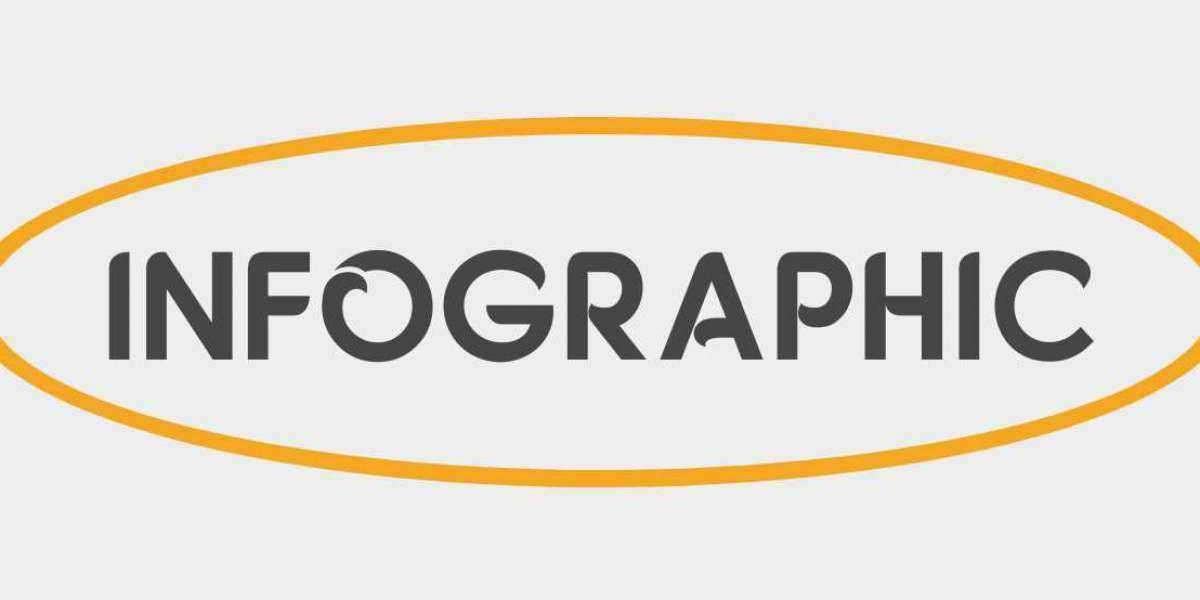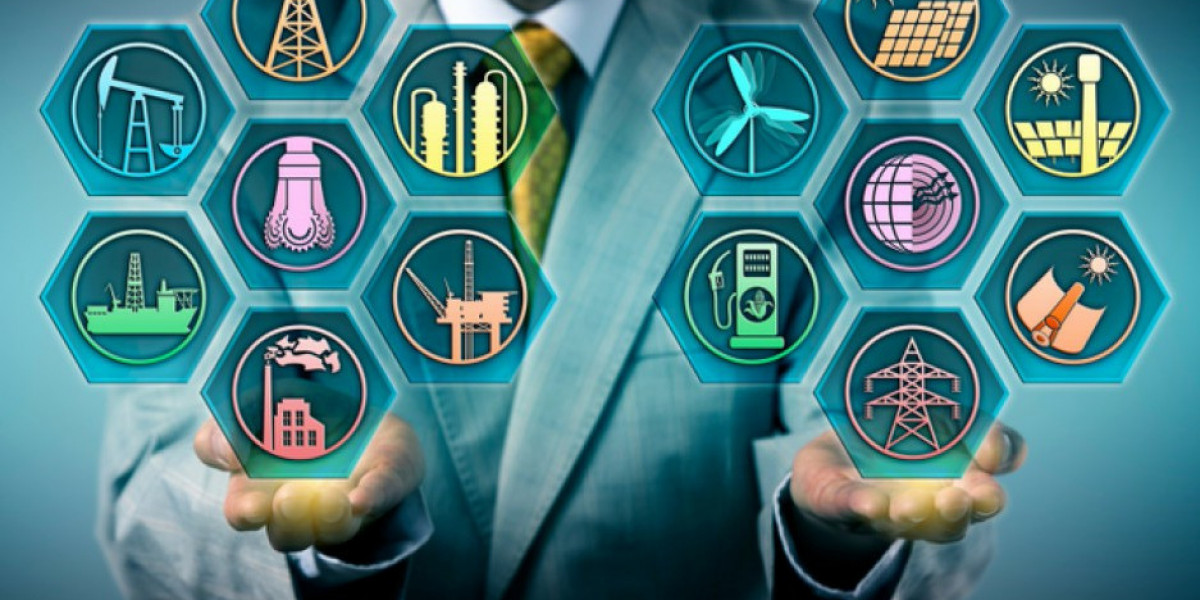The Essential Role of Offshore Support Vessels in the Maritime Industry
Offshore support vessels (OSVs) play a crucial role in the maritime industry, providing a wide range of services to offshore oil and gas installations, wind farms, and other marine projects. These versatile vessels are designed to handle various tasks, including transporting supplies, equipment, and personnel to and from offshore facilities, as well as providing emergency response and support services. Without the presence of OSVs, the smooth operation of offshore projects would be severely hindered, making them an indispensable component of the maritime industry.
Offshore Support Vessel come in various sizes and configurations, each tailored to meet the specific requirements of the offshore projects they serve. Some common types of OSVs include platform supply vessels (PSVs), anchor handling tug supply vessels (AHTS), and multi-purpose support vessels (MPSVs). PSVs are primarily used for transporting supplies and equipment to offshore platforms, while AHTS vessels are equipped with powerful engines and winches to handle anchoring and towing operations. MPSVs, on the other hand, are designed to perform a wide range of tasks, including subsea construction, remotely operated vehicle (ROV) support, and dive support.
The Evolution of Offshore Support Vessel Design and Technology
As offshore operations have become more complex and demanding, the design and technology of OSVs have evolved to keep pace. Modern OSVs are equipped with state-of-the-art navigation and communication systems, as well as advanced dynamic positioning (DP) technology, which allows them to maintain a precise position even in challenging sea conditions. This is particularly important for vessels involved in subsea construction and ROV operations, where even the slightest movement can have significant consequences.
In addition to advanced navigation and positioning systems, OSVs are also equipped with a range of specialized equipment and facilities to support their specific roles. For example, PSVs often feature large cargo decks and tanks for transporting supplies and fluids, while AHTS vessels are fitted with powerful winches and towing equipment. MPSVs, on the other hand, may include ROV hangers, dive support facilities, and subsea construction equipment, such as cranes and pipe-laying systems.
The Importance of Crew Training and Safety on Offshore Support Vessels
Given the complex and often hazardous nature of offshore operations, the training and safety of OSV crews are of paramount importance. Crew members must be highly skilled and experienced in their respective roles, with a deep understanding of the vessel's systems and equipment. Regular training and drills are conducted to ensure that crews are prepared to handle any emergency situation that may arise, such as fires, collisions, or man-overboard incidents.
In addition to crew training, OSVs are subject to stringent safety regulations and standards, which are enforced by national and international maritime authorities. These regulations cover a wide range of areas, including vessel design and construction, equipment and machinery, and operational procedures. Vessel owners and operators must ensure that their OSVs are in compliance with these regulations at all times, and that they are regularly inspected and maintained to the highest standards.
The Future of Offshore Support Vessels in the Changing Maritime Landscape
As the maritime industry continues to evolve, the role of OSVs is likely to become even more important in the years ahead. With the growing demand for offshore wind energy and the continued exploration and production of offshore oil and gas reserves, the need for specialized support vessels is set to increase. At the same time, the industry is facing increasing pressure to reduce its environmental impact and improve its sustainability credentials, which is driving the development of new, more efficient vessel designs and technologies.
One area where OSVs are likely to play a key role in the future is in the development of autonomous and remote-controlled vessels. As technology advances, it is becoming increasingly possible to operate vessels remotely, reducing the need for on-board crews and improving safety and efficiency. While fully autonomous vessels are still some way off, the use of remote-controlled ROVs and other subsea vehicles is already commonplace, and it is likely that this trend will continue to grow in the years ahead.
Another area where OSVs are likely to see significant growth is in the offshore wind energy sector. As the world shifts towards renewable energy sources, the demand for offshore wind farms is set to increase dramatically, creating new opportunities for OSVs to support the construction, maintenance, and operation of these facilities. This will require the development of new vessel designs and technologies, specifically tailored to the unique requirements of the offshore wind industry.
Get more insights on, Offshore Support Vessel
Get This Report in Japanese Language: オフショア支援船
Get This Report in Korean Language: 해양 지원 선박
Read More Articles Related to this Industry- Offshore Wind Industry Analysis – Surging Investment in Renewable Energy Drives Demand
About Author:
Ravina Pandya, Content Writer, has a strong foothold in the market research industry. She specializes in writing well-researched articles from different industries, including food and beverages, information and technology, healthcare, chemical and materials, etc. (https://www.linkedin.com/in/ravina-pandya-1a3984191)










